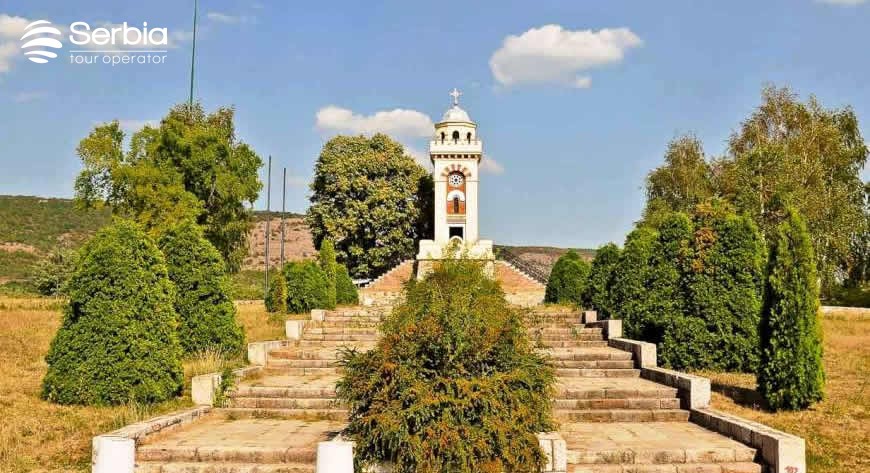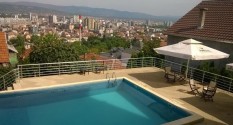Čegar Monument
In the vicinity of Niš, on Čegar hill, at the location of the famous First Serbian Uprising battle, there is a monument unveiled in memory of the courageous soldiers and their commander Stevan Sinđelić, who perished there.
According to the plans for the liberation of Niš and south Serbia, the Serbian Army, with its 16,000 fighters, arrived in the vicinity of Niš on 27 April 1809. During more than a month of preparations, rebels built 6 trenches in the villages surrounding the city. The most exposed Serbian position was on Čegar hill, where the commander was the duke of Resava, Stevan Sinđelić.
On the 31st May 1809, the attack started on the foremost position held by Serbs – Čegar. The battle took the entire day, with the Turks attacking in waves. Serbs defended themselves five times, though with major losses. Marching over the corpses of their fellow soldiers, Turks managed to enter the trenches on the hill in the sixth attempt. Once inside, they attacked Serbs with rifles, knives, and bare hands. Realizing he could not resist attacks any further, Duke Sinđelić rushed towards the powder storage. Luring as many Turks as he could, he shouted “Brothers, save your lives if you want want and can!”, pulled out his gun and shot at powder storage. The Duke, remaining Serbian soldiers and numerous Turks were killed in the explosion.
The first monument marking the location of Stevan Sinđelić ditch, the venue of the Battle of Cegar, was made in the shape of a small granite pyramid. The monument was presented to public on 21st of June 1878, in the presence of Prince Milan Obrenović. This happened only six months after the liberation of Niš from the Ottoman rule and Čegar was therefore the first monument made in free Niš. Today’s tower-shaped monument – symbolizing a military fortification – was unveiled on the fiftieth anniversary of the liberation of Niš on the 1st of June 1927. The architect in charge was Julien Dupont from Niš (a Russian emigrant). A bronze bust of Stevan Sinđelić, made by Croatian sculptor Slavko Miletić, was added to the monument’s semicircular niche in 1938.




